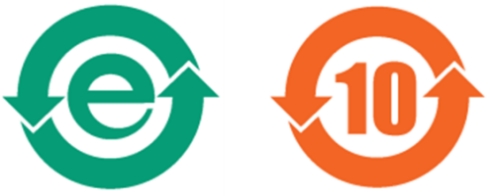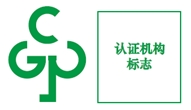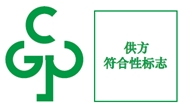Regulation:
On January 21, 2016, the Chinese Ministry of Industry and Information Technology (MIIT) and other government authorities jointly published Order #32, the < Administrative Measures for the Restriction of the Use of Hazardous Substances in Electrical and Electronic Products > (known as China RoHS 2) to replace the old order #39 <Management Measures for Pollution Control of Electronic Information Products> which was published back in February 28, 2006.
The new RoHS regulation Order #32 came into force on July 1, 2016 and restricts the same 6 hazardous substances as EU RoHS 2 (refer to the table below), and the detailed concentration limits are set by GB/T 26572 – Requirements for concentration limits for certain restricted substances in electronic and electrical products.

Scope:
The regulation applies to the production, sale, and import of electrical and electronic products within the territory of the People's Republic of China. It refers to the devices and accessory products with rated working electrical voltages that do not exceed 1500V DC or 1000V AC and function by means of current or electromagnetic fields and generate, transmit, or measure such currents and electromagnetic fields. Batteries are also within the scope.
Standards:
1. "Requirements for Restricted Use Labeling of Hazardous Substances in Electronic and Electrical Products" (SJ / T11364-2014);
2. "Limit Requirements for Restricted Substances in Electronic and Electrical Products" (GB / T26572-2011);
3. Hazardous substance detection method standards:
"Six restricted substances for electrical and electronic products (lead, mercury, cadmium, hexavalent chromium, Determination of polybrominated biphenyls and polybrominated diphenyl ethers” (GB / T 26125-2011, IDTIEC 62321: 2008);
"Determination of Hexavalent Chromium in Electronic and Electrical Products – Atomic Fluorescence Spectrometry"(GB / T 29783-2013)
Compliance and Marking:
Responsible parties can self-evaluate if they meet the requirements set in the standards based on their own hazardous substance management system and risk measurement and control methods, using methods including but not limited to the 3 methods below, to collect, combine, and integrate information related to hazardous substances in products and apply the RoHS marking per SJ / T 11364-2014:
a) Require upstream suppliers to provide relevant self-declaration information and supporting technical documents;
b) Based on existing valid and effective product testing reports, or by conducting hazardous substance tests by yourself or through a third-party lab;
c) Valid third-party hazardous substance product certification.
RoHS Marking
China RoHS 2 requires that all electronic and electrical products (end products only) that are sold in the People’s Republic of China be marked with one of the following two logos depending on whether they contain any hazardous substances exceeding official concentration limits.

● Green symbol with "e" in it: This product does not contain any hazardous substances exceeding concentration limits and is a green environmentally friendly product which can be recycled;
● Orange symbol with a number in it: This product contains certain hazardous substances and can be used safely during its environmental protection use period (as indicated by the number in the center) and should enter the recycling system after its environmental protection use period.
SJ/T 11364-2014 specifies detailed marking requirements for hazardous substances in electronic and electrical products and the environmental protection use period and recyclability.
Products Subject to RoHS Compliance Management:
On 15 March 2018, China MIIT published the first catalogue of electrical and electronic products subject to compliance management along with a list of RoHS exemptions. The catalogue includes 12 categories of electrical and electronic products:
Refrigerator, Air Conditioner, Washing Machine, Water Heater, Printer, Copy Machine, Fax Machine, TV Set, Monitor, Microcomputer, Mobile Phone, Phone Stand-Alone
The catalogue came into force on March 15, 2019.
On May 16, 2019, MIIT & SAMR jointly announced Notice No. 23, the "Implementation Arrangement of Conformity Assessment System for Restricted Use of Hazardous Substances in Electrical and Electronic Products”. The Notice defined the conformity assessment system for RoHS compliance including the “voluntary certification” scheme and supplier’s “declaration of compliance” for products listed in the first catalogue.
Conformity assessment process for products listed in the first catalogue
1. Voluntary certification process & marking


2. Supplier’s self-declaration process & marking

